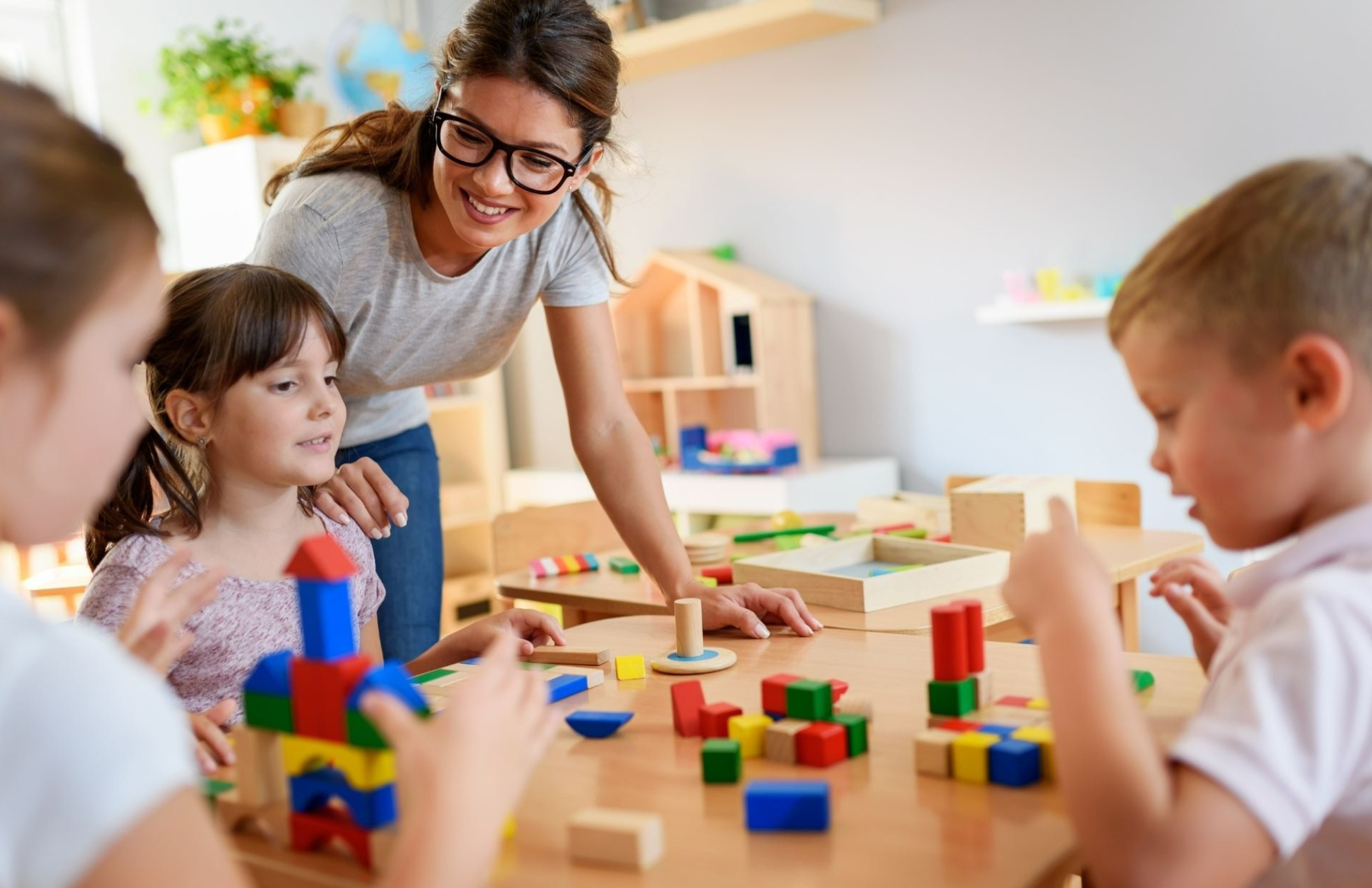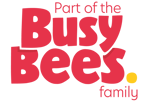Holistic development in early childhood education is essential for fostering a well-rounded growth trajectory. Integrating multi-disciplinary activities into learning not only stimulates cognitive, physical, and emotional development but also encourages creativity, critical thinking, and social skills. This blog post explores how various activities under the BeeCurious Curriculum framework contribute to holistic child development, focusing on math, creative arts, and physical literacy.
Math Discovery: Building a Foundation for Numeracy
Mathematics is often seen purely as a numerical discipline, but its integration into everyday learning activities can significantly enhance cognitive development. "In our approach, Math Discovery isn't just about numbers; it's about engaging children with materials that foster curiosity and an intuitive understanding of math concepts through play," explains Sharon Pauwels, Education and Quality Manager at BrightPath.
In a typical Math Discovery activity, educators create an inviting learning environment that motivates children to engage with materials designed to spark curiosity. Activities are tailored to the developmental readiness of children, incorporating attribute recognition, classification, sorting, and patterning. These precursor skills are essential for formal number representation and numeration skills. Examples include, sorting, patterning, and exploring the physical attributes of numbers through sensory activities.
Educators extend engagement with math skills beyond specific activities. Songs, puzzles, active games, and science experiments are used to reinforce math skills, showcasing a holistic approach to math development.
Creative Discovery: Fostering Cognitive Development and Emotional Growth
Creative Discovery is crucial in developing not just the creative aspect of a child's mind but also their cognitive abilities, language skills, and emotional intelligence. "Each creative activity is an inquiry-driven process, allowing children to steer their creativity in various directions," says Sharon. This approach supports a deeper engagement with learning materials and concepts, often leading children to explore interconnected topics naturally.
Activities are designed with a focus on process, allowing children to drive their creativity. Educators observe children to understand what aspects of the creative process are meaningful to them. Guided questions and conversations deepen engagement, leading to exploration of various concepts and developmental domains. These observations inform future practice, reinforcing learning and setting personalized developmental targets.
Physical Literacy: Integrating Movement and Learning
Physical literacy is about more than just physical activity; it's about building a foundation for active participation throughout life. "Our Physical Literacy programs focus on the joy of movement and the development of fundamental movement skills," notes Sharon. These activities are cleverly designed to integrate learning across different domains. For instance, a simple relay race might involve strategic thinking, teamwork, and basic mathematics to measure distances or keep score. These integrated activities support comprehensive developmental growth.
In one notable activity, children engaged in a shadow play exercise, creating different shapes with their bodies and exploring shadows in the outdoor environment. This interest led to a series of activities, including shadow puppet creation, fostering critical thinking, planning, and collaborative skills.
Physical Literacy activities are also designed to boost children's confidence and social skills. For instance, a child successfully knocking over blocks with a ball experiences pride and increased confidence, motivating them to tackle more challenging tasks.
Overcoming Potential Challenges and Looking Ahead
- Time Management: One significant challenge can be time constraints when we aim to personalize learning opportunities. To address this, consistent ongoing choices are available throughout the day, allowing children to explore and investigate as they wish, nurturing their interests and skills.
- Catering to Different Learning Styles: It is important to make learning opportunities meaningful for each child. Activities are tailored to accommodate different learning styles and abilities. Educators observe children to understand their skill sets and apply appropriate variations, ensuring personalized learning experiences.
As for the future, Sharon emphasizes the importance of adapting to the needs of diverse learners. "We're continually looking for ways to integrate new methods and technologies to enhance our teaching practices and better engage with families to support their children's learning journeys." Educators receive tailored training on the BeeCurious Curriculum framework, learning to support in-the-moment learning through intentional observations, guided questioning, and scaffolding. Ongoing communication ensures that skill progression is consistently monitored and supported, both at the center and at home.
Through a thoughtful combination of multiple learning areas such as Math Discovery, Creative Discovery, and Physical Literacy, educational frameworks like BrightPath's BeeCurious Curriculum are setting the stage for nurturing the next generation of learners - learners who are not only knowledgeable but also intuitive, creative, and physically literate, ready to thrive in a dynamic world.
Stay in the know and check us out on social media! Follow BrightPath on Facebook and Instagram for a variety of fun activities and daily inspiration.






